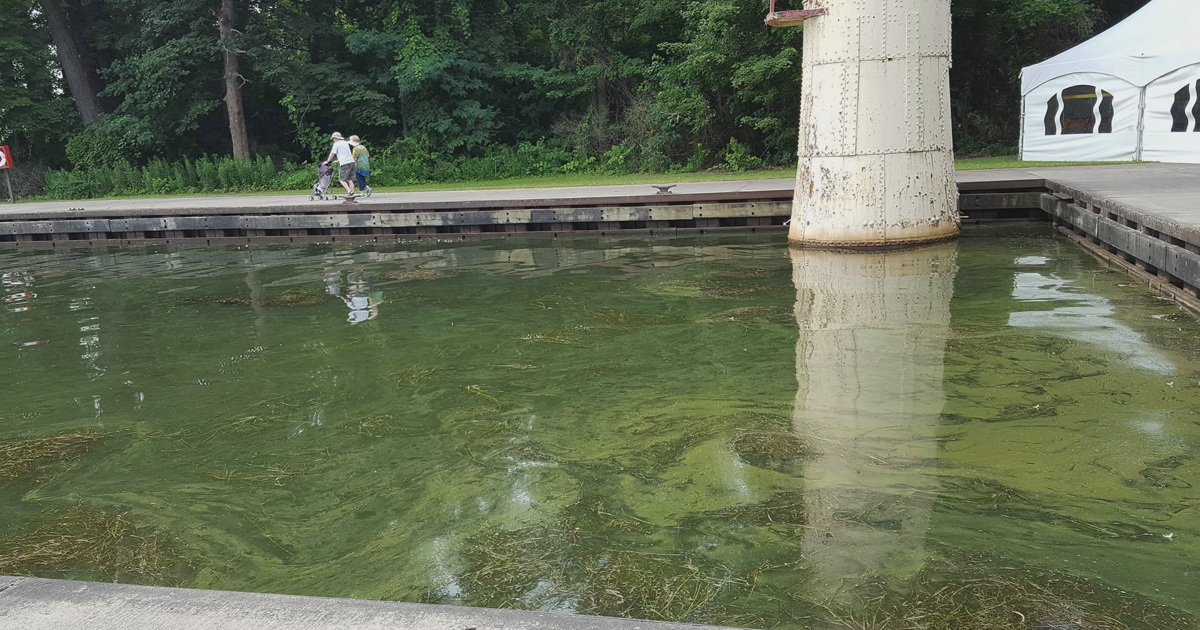The non-profit environmental organization PennFuture recently held a news conference in Erie, Pennsylvania, to raise awareness about the dangers of harmful algal blooms (HABs) on Lake Erie and the broader Great Lakes region. The event brought together environmental educators from local universities and state representatives to discuss the issue and its implications for the community. The primary message of the conference was the critical importance of protecting Lake Erie to ensure clean drinking water and support the region’s tourism economy.
Lake Erie, the shallowest and warmest of the Great Lakes, is particularly vulnerable to water quality issues. Experts at the conference emphasized that threats to Lake Erie’s water quality could serve as an early warning for similar problems in the other Great Lakes. This year, harmful algal blooms appeared as early as April in the western part of Lake Erie, extending the typical algal bloom season, which usually runs through October.
Neel Singh, Erie Civic Engagement Coordinator for PennFuture, highlighted the growing concern, stating, “We’re working with the climate action campaign to figure things out… there’s a lot of algal blooms going on in Toledo and Detroit, for instance, and [we] just want to make Erie residents aware before, in the next few years, they start ramping up because of the climate crisis.”
Harmful algal blooms are caused by cyanobacteria, which can make the water toxic, particularly for dogs. Scientists attribute the growth of these blooms primarily to agricultural fertilizer runoff, which introduces nutrients like nitrogen and phosphorus into the water. These nutrients fuel the growth of algae, especially during warm weather.
Despite the warm water temperatures in Lake Erie this year, the severity of algal blooms in the Erie area remained low. Experts believe this may be due to a lack of rain and reduced storm water runoff, which limited the amount of nutrients entering the lake.
State Representative Pat Harkins, who attended the conference, noted that he will be meeting with other members of the Great Lakes Commission later this month to discuss strategies for safeguarding all of the Great Lakes. Reflecting on the issue, Harkins said, “Unfortunately, it’s the runoff, it’s the phosphorus and other things that are in the chemicals that we use for positive things that create a negative. In the end, it’s something that we are looking at among the Great Lakes states that we have to address before it gets too much worse.”
While state representatives are working to learn from one another, Harkins acknowledged that there is currently no pending legislation in Pennsylvania specifically aimed at addressing harmful algal blooms.
The conference also served as a reminder of the potential consequences of failing to address this issue. Eleven years ago, harmful algal bloom levels in Toledo, Ohio, were so severe that the city’s water treatment plant could not adequately clean the water. Residents were forced to rely on bottled water for three days. Drinking water contaminated by a toxic algal bloom can be deadly for dogs, while for humans, exposure can cause skin irritation that should be washed off with soapy water.
PennFuture’s event underscored the need for proactive measures to protect Lake Erie and the Great Lakes from the growing threat of harmful algal blooms. By addressing the root causes, such as agricultural runoff, and preparing for the impacts of climate change, communities can work to safeguard these vital water resources for future generations.

